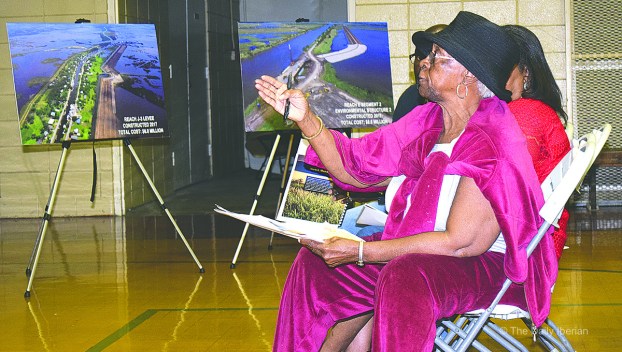
News
Last of town halls regarding levee tax is held in New Iberia
West End residents had the opportunity to ask questions Wednesday night of Iberia Parish Levee, Hurricane, and Conservation ... Read more

West End residents had the opportunity to ask questions Wednesday night of Iberia Parish Levee, Hurricane, and Conservation ... Read more

RYNELLA — Ray Fremin, Executive Director of the Iberia Parish Levee, Hurricane, and Conservation District, held the third ... Read more
Attention Iberia Parish Levee District Residents! There will be a Town Hall Meeting Friday, March 1st at 6pm ... Read more